READY TO GET STARTED?
REQUEST A FREE ESTIMATE
Fill out the form below or call (888) 466-7849 for a free, no-obligation estimate.
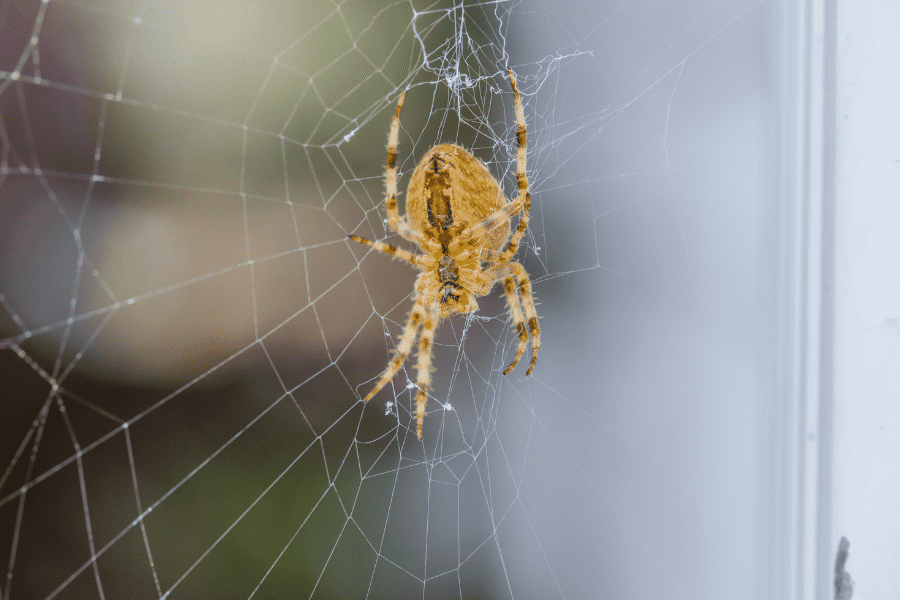
Spiders are often found in secluded areas where they are rarely disturbed. Your home offers the perfect place to hunker down during the winter and provides them with food, shelter, and even a mate.
Spiders feed off other insects, so they can be beneficial for you over time. If you do begin seeing an influx of other insects, it might mean you have a higher population of spiders as well. Your home offers warmth, which is what these overwintering pests are really in search of once winter hits. They will also enter your home due to how easy it can be for them. Any crack, crevice, or opening is an invitation for these pests to enter your home.
Spiders can be considered a form of natural pest control but can be unsightly if discovered in your home. Check out these tips to keep spiders out of your home:
If you suspect a spider problem, then reach out to your local pest control company for a free inspection today!
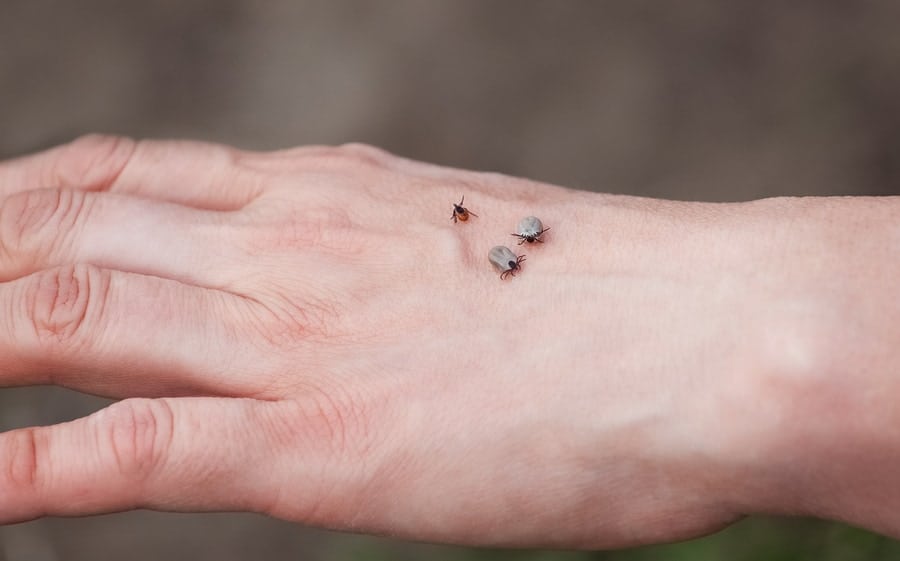
A household pest is any undesired animal that has a history of living, invading, causing damage to, eating food from, acting as a disease vector for, or causing any other harm to a human habitat. While most are considered a nuisance, household pests become dangerous when they pose a risk to health, property, or lifestyle.
While they can be common year-round, some are common in the spring months. Here are a few common spring pests you can find in your Georgia home:
Termite swarming season begins in the springtime. Swarming season is when young termites leave their current colony and go off to find mates and establish new colonies. If you begin to see swarmers, it might mean a colony is nearby.
Ticks are problematic to humans and pets because they spread diseases like Lyme disease and Rocky Mountain spotted fever. You might begin to see an increase of tick bites in the springtime. The mild winters in Georgia don’t help with keeping ticks away for long, so you should always be aware of ticks at any time of the year.
With heavy rainfall in the early spring, you can expect to see ants finding their way inside your home. They will begin to search for food and water, which your home has plenty of.
These pesky pests will find their way inside once the weather begins to warm up. They can spread many pathogens by picking them up on their feet when landing on different items.
If you’re ready to begin prevention of these spring pests, reach out to your local pest control company to receive a free quote and the best plan of action to keep pests away!
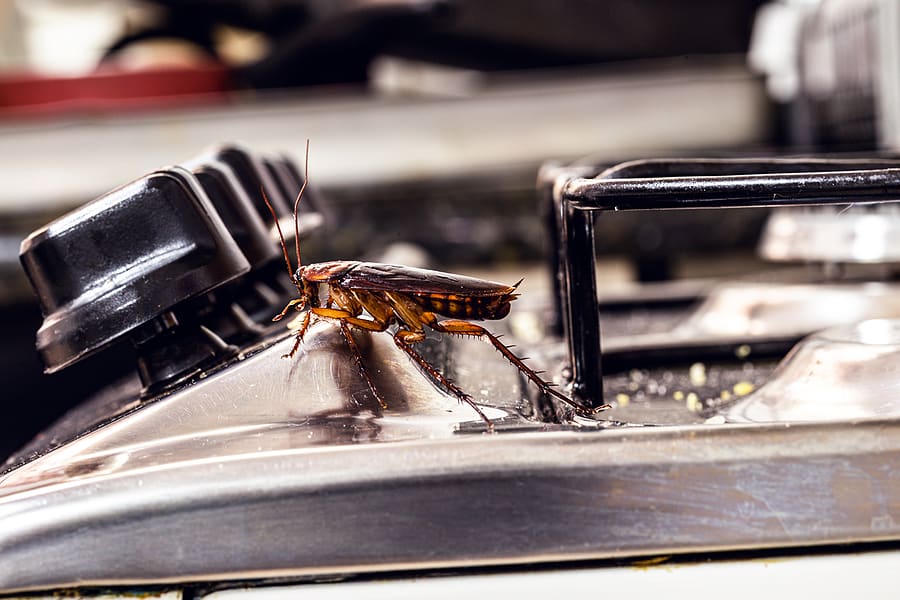
American cockroaches are a major household pest. Also known as water bugs and palmetto bugs, these pests are the largest of the cockroaches that infest homes. American cockroaches will make their way indoors in search of food and water. Their diet consists of leaves, wood particles, algae, fungi, small insects, food scraps, crumbs, and pet food. They can spread diseases and contaminate any surfaces they touch. They are also known to cause allergies and trigger asthma. These roaches will pick up germs on their legs and spread them to any surfaces they touch. They are known carriers of pathogens that cause diarrhea, cholera, leprosy, dysentery, plague, typhoid fever, and several viruses like poliomyelitis.
The first step in cockroach prevention is identifying the type of cockroach you are dealing with. Once that is determined, you can implement our favorite prevention tips to keep them from infesting your home.
American roaches are reddish-in color with a yellow band on the back of their heads. They range in size from 1-1/4″ to 2-1/8″ long, with some even reaching lengths of 3″. They have oval shaped bodies with 6 legs and a set of antennae. Despite their name, these cockroaches are found worldwide. Males and females both have wings and they can fly short distances. They can bite, but they rarely do. They normally live outdoors but will come inside looking for food and water. Outdoors they are commonly found in flower beds, trees, and under rocks. They are also commonly found in sewer systems. Inside the home they can be found in laundry rooms, kitchens, bathrooms, basements, and crawlspaces.
Learning how to spot signs of an roach infestation is critical to getting it under control. The most common sign is seeing the presence of cockroaches in your home. They will often flee to dark spaces when they’ve been discovered. They also leave behind droppings in the areas where they inhabit. These droppings have blunt ends and ridges on the sides and are often mistaken for mouse droppings. American cockroaches will also leave egg capsules behind. These are dark colored, about 8 mm long, and are often glued to surfaces near food sources. Finally, roaches emit a pheromone that gives off a musty odor. Smelling this in your home is another indication there is a cockroach infestation inside.
American roaches are highly resilient pests. They have evolved several adaptations over time that give them survival skills that make them difficult to eradicate. They can even survive up to a week without their heads! You can prevent cockroaches by:
If you have a problem with roaches in your home, contact your local pest control company who can identify what kind of roaches you have, how they are getting in, and the best treatment and ongoing prevention plan for your home.
Wildlife to Look Out for This Fall
Why Snake Control Is Important In The Fall
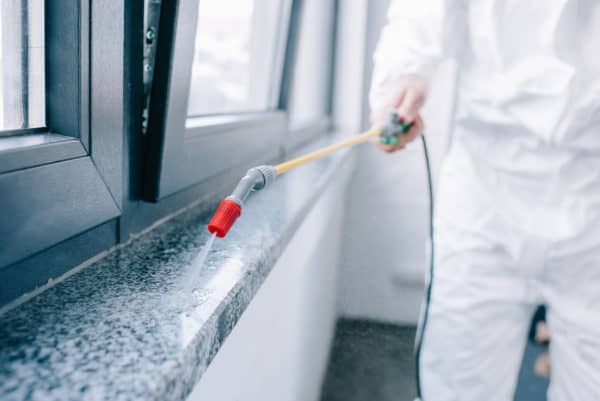
Spring marks the beginning of the season for many common household pests. Mice, ants, wasps, roaches, bed bugs, and more increase their activity when the weather warms up. While a pest sneaking into your home here and there is normal, how do you know when it’s time to call in the professionals? Here are 5 signs it may be time to call an exterminator.
A random pest sighting here and there in your home is normal. They can sneak in through open doors and windows or through the tiniest gaps and holes in the exterior of your home. They can also hitch a ride on luggage or boxes that are brought in from outside. There is a difference, however, between an occasional sighting and a daily presence. Seeing 2 to 3 ants in your kitchen once isn’t a big deal; seeing a trail of hundreds of ants going from the wall to the pantry is. Seeing one mouse outside in your yard isn’t a big deal; seeing multiple in your home, trapping several, or seeing the presence of droppings is. If the pest problem is escalating, it may be time for an exterminator.
Once you identify the pest problem, the next step is to try and get rid of them. Many homeowners prefer to try DIY pest control methods first before calling in a pro. If you continue to have a problem with pests despite your best efforts, it may be time to call an exterminator.
Pests can pose serious health risks to your family, your pets, and even your home. Termites can cause structural damage that can compromise the integrity of your house. Rodents are known to chew through electrical wires putting you at risk for a fire. Rodent feces contains harmful pathogens that can make your family sick. Cockroaches are known to trigger allergies and asthma. Some homeowners aren’t comfortable using DIY methods or have concerns about using over-the-counter chemicals around their children or pets. For these reasons, it may be time to call an exterminator.
Some pests are nearly impossible to eradicate on your own or require professionals to get rid of them. Bees are protected and must be relocated appropriately. Some bird species are protected, as well, and bird nest removal must be handled professionally. Roaches, termites, and bed bugs can be extremely difficult to eradicate on your own. If you have an issue with any of these pests, it may be time to call an exterminator.
When the signs of an infestation become too big to ignore, it may be time to call in a professional. Some common signs of pests in your home include:
If you have a problem with any kind of pest, contact a professional pest control company for an inspection to help identify what kind of pest you are dealing with, how they are getting in, and how to get rid of them quickly and safely.
Flowers and Plants That Attract Honeybees
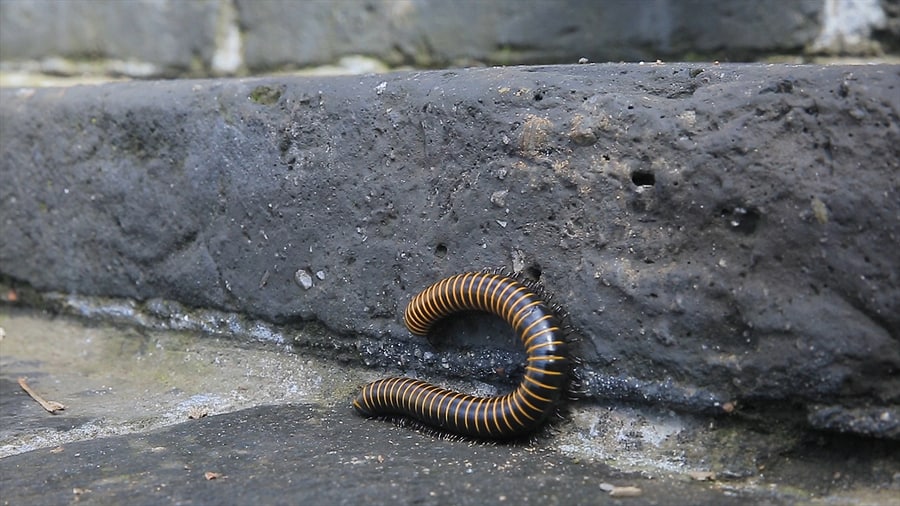
Millipedes are common household pests that are brownish-black in color and that can grow to about an inch in length. Also known as “thousand-leggers,” these pests don’t actually have 1000 legs. They do, however, have 2 pairs of very short legs on each segment of their body. They are often confused with centipedes which only have 1 pair of legs per body segment. Millipedes crawl slowly and will curl into a “c” shape and remain motionless when they are disturbed. They can also secrete an unpleasant smelling odor.
Millipedes overwinter as adults and lay their eggs in the spring. They can live for several years. They are scavengers, eating primarily decomposing vegetation. They are attracted to cool, dark, moist environments (like compost piles, flower beds, mulch, rotting logs, and under rocks and logs). When the weather is hot and dry or there is an overabundance of water, they will emerge and make their way into your home in search of moisture or shelter. They can infest in large numbers but they don’t bite, sting, transmit diseases, infest food, clothing, or even dry wood.
Millipedes will come indoors for a variety of reasons. When the weather is hot and dry, they will invade your home in search of moisture. When conditions are extremely wet they will be forced to higher ground (e.g. concrete slabs, foundations, and siding). In the fall they migrate in search of places to overwinter. In these conditions, they will make their way into your home through door thresholds (especially garage and sliding glass doors), through expansion joints, and through voids in concrete block walls. Millipedes cannot survive indoors more than a day or two.
Now that you know more about millipedes and what attracts them to your home, what can you do to keep them from infesting your personal space?
Chemical treatments indoors are usually not very effective against millipedes. If you have them inside just sweep or vacuum them up and dispose of them. Chemical treatments outdoors can help keep them from crossing the threshold inside. If you have a problem with millipedes, consider calling a professional pest control company for an evaluation and treatment plan.
How To Keep Wildlife Out of Your Yard
How Common is the American Cockroach?